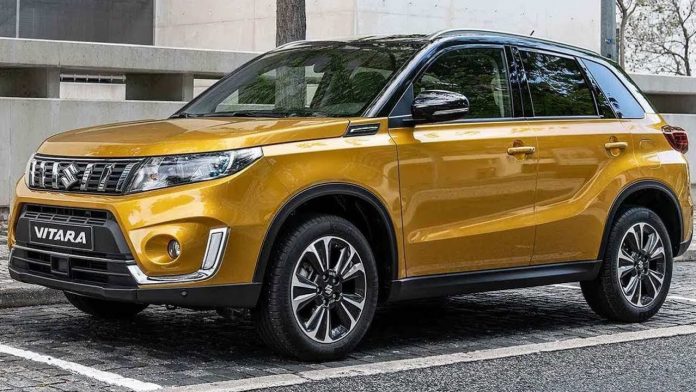In a familiar battlefield, it is perfect to fight your wars. That’s the present strategy of auto giant Maruti Suzuki India for its subscription model in one sentence.
In September last year, the leading carmaker launched its subscription service that included models such as Swift, Baleno, Dzire, Ciaz, Vitara Brezza, Ertiga, and XL6. The company then extended the service earlier this month to three additional Wagon R, Ignis, and S-Cross vehicles.
The arrival of the auto industry leader, originally a domain of car rental startups such as Zoomcar and Revv, suggests that it may be the next big thing in mobility. The subscription model combines current auto consumption structures such as renting, cab-hailing, ownership, leasing, and pre-owned cars. The question is if the newbie subscription model would eat from the plates of the current ones and whether there is a TG overlap.
The Indian market is at an early stage and is led by the oldest participant, Zoomcar, a car rental company founded in 2013 (supported by Mahindra). Revv, another startup that has collaborated with Hyundai Motor and Mahindra, is followed by Zoomcar.
Although a major player’s entry is often a welcome move for an emerging category, it does not explain why, if it really profits from driving direct sales, the business will make room for the subscription.
In the Maruti Suzuki ecosystem, restricting the end-to-end experience not only drives sales but also paves the way for services such as maintenance, repair, spare parts, etc.
Startups like Zoomcar and Revv are a big challenge to players like Maruti, being the point of touch for their goods. Like, it’s primarily an Uber experience, in the case of Uber, which the car brand has no influence in. In a very unnoticed place of an ingredient of greater expertise, the car brand finds itself.
Maruti Suzuki has started NCR and Bengaluru subscriptions in January-February 2020. With Hyderabad and Pune, the next phase began and extended to eight other cities, including Chennai, Ahmedabad, and Mumbai. By March 2021, the intention is to extend to 14 cities and touch ground in 20 cities by June.
Maruti is currently “on the track to complete 12,000 subscriptions” and Brezza and Swift are driving the maximum traction. But where do vehicles go that have ended their tenure of subscription? They can either be re-subscribed or resold at the market price by a new customer.
Maruti Suzuki is not really a tech company, but it will need to strengthen its technology if the subscription company picks up speed, assisted by strong on-ground dealer support. It is an offline-to-online (O2O) model in a sense.
In Maruti’s case, the consumer journey typically begins on the website digitally. For a certain amount of time, the user logs in and puts in a question for a specific car, and then the dealer coordinates.
Follow and connect with us on Facebook, Linkedin & Twitter

